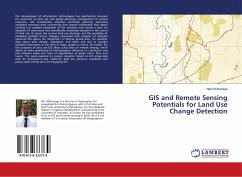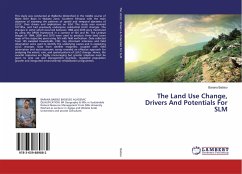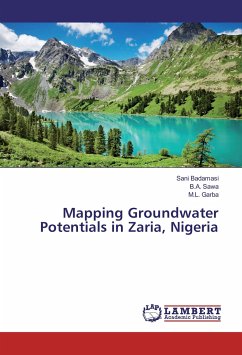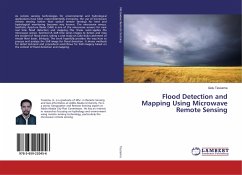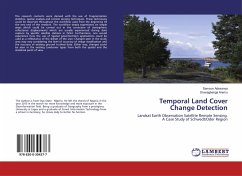The development of information technologies has significantly changed the approach to land use and spatial planning, management of natural resources. GIS considerably simplifies territorial planning operating analyzing necessary data concerning their spatial relationship that allows carrying out complex assessment of the situation and creates a basis for adoption of more exact and scientifically reasonable decisions in the course of land use. To assess the current land use situation and the possibility of modeling possible future changes associated with complex of adopted measures GIS allows the integration of diverse spatial data, for example, data about soils, climate, vegetation, and other and also to visualize available information in the form of maps, graphs or charts, 3D models. For the purposes of land use GIS allow using data of remote sensing, which allows to make monitoring of anthropogenic influence in a particular area and estimate scales and rates of degradation of green cover, flora and fauna. The work examine Sri Lankan situation based on GIS integrated with RS technique.It may useful for land use planners, academics and policy makers those who are engaging GIS.
Bitte wählen Sie Ihr Anliegen aus.
Rechnungen
Retourenschein anfordern
Bestellstatus
Storno

